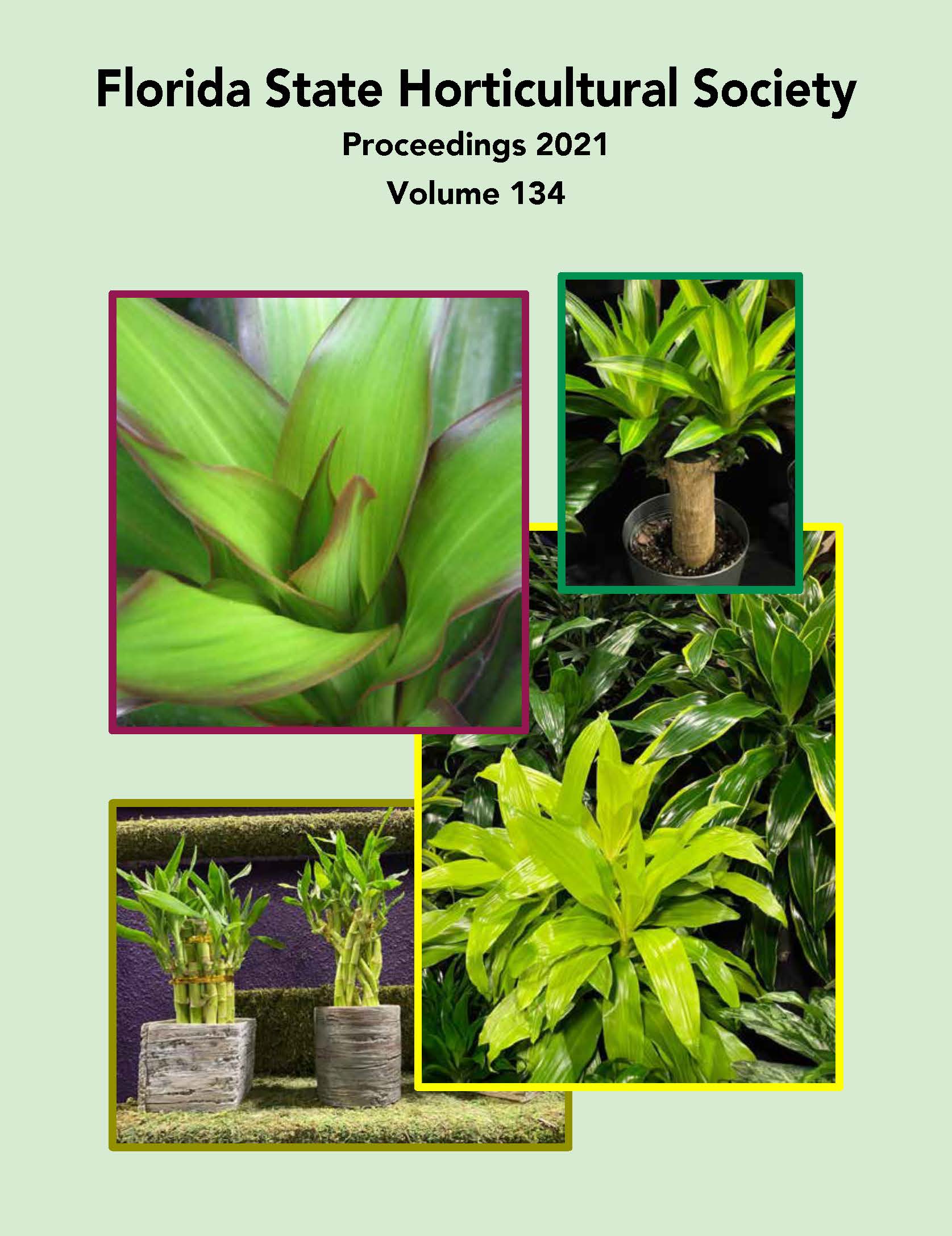Preservation of Postharvest Quality of Fresh Bamboo Shoots via Suppression of Lignification, Browning, and Decay: A Review
Abstract
Bamboo shoot, the peeled, growing meristematic tissue of several edible species of bamboo, is a desirable food crop because, once cooked, it is high in protein and vitamins, low in fat, and has a hedonically pleasurable crisp texture. The potential exists for bamboo shoot to become a lucrative crop for Florida growers given typical returns of $3.50 per pound wholesale. When striving to preserve shelf life of fresh bamboo shoot, growers and packers face issues such as lignification (toughening of tender edible tissue to a woody, inedible state), yellowing, moisture loss, and chilling injury. This review discusses the three main categories of techniques available to packers to address these concerns: environmental management, applied compounds, and packaging. Environmental management techniques range from the very simple, beginning with field temperatures at harvest and transport time, heat treatment, thorough cooling techniques like hydrocooling and forced-air cooling, proper storage conditions, to the more complex such as ultraviolet light, hypobaric storage, and hydrostatic pressure, to sophisticated techniques unlikely to be applied in the packinghouse, such as gamma radiation. Applied compounds such as 1-methylcyclopropene (1-MCP), brassinolide, melatonin, oxalic acid, salicylic acid, and chlorine dioxide in combination with chitosan have also been reported to have beneficial effects in suppressing lignification and otherwise preserving edible quality of bamboo shoot. Packaging films focus on the composition of the film overwrap, use of perforations, modified atmosphere packaging, and packing density. Further, practical studies are suggested to determine the appropriate storage temperature and to compare these techniques individually and in combination to determine which are the most effective and the most realistic under typical packinghouse conditions.

